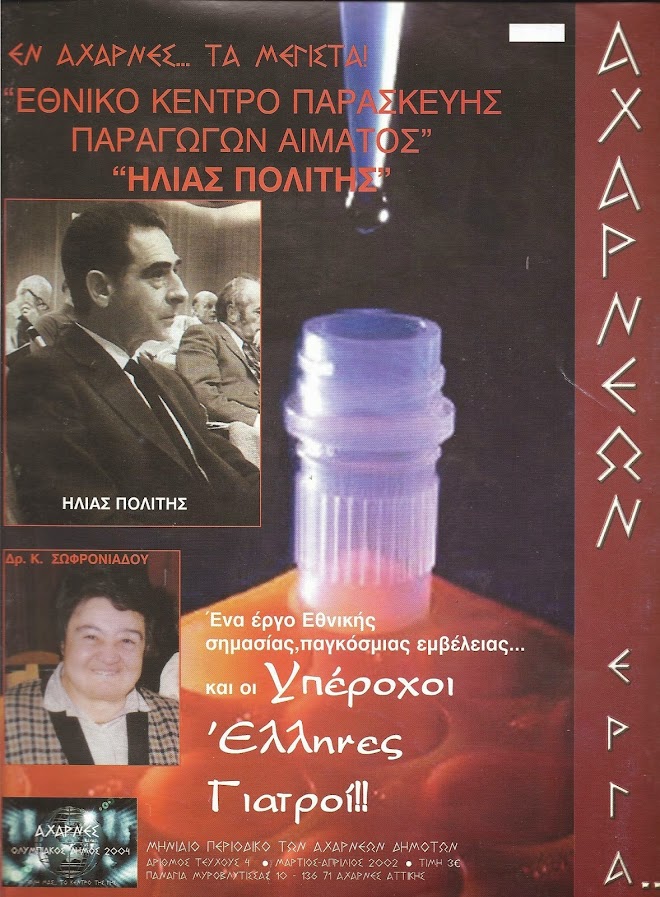Imprint of several toes left on road
10/10/2019 01:00 AM EDT

Professor Payson Sheets points to the imprint of several toes from a footprint left on an elevated road known as a sacbe (SOCK-bay). The footprints pointed away from the Maya village of Ceren and may have been made by Mayans fleeing the volcanic eruption that covered the village in A.D. ...
This is an NSF Multimedia Gallery item.
Polychrome pot from ancient Maya village
10/10/2019 01:00 AM EDT

A polychrome pot unearthed at the ancient Maya village of Ceren in El Salvador. Such pots were prized by the villagers and had likely been obtained through trade at local marketplaces in the valley. In A.D. 660, the village was blasted by toxic gas, pummeled by lava bombs and then choked by a ...
This is an NSF Multimedia Gallery item.
Making plaster cast of footprint
10/10/2019 01:00 AM EDT

University of Colorado-Boulder Professor Payson Sheets uses dental plaster to cast a footprint found on an elevated road, known as a sacbe (SOCK-bay), that was buried under 16 feet of volcanic ash. The large, white road led in and out of the Maya village of Ceren in El Salvador. In A.D. 660, the ...
Community building in Maya village Ceren
10/10/2019 01:00 AM EDT
A community building in Ceren, a Maya village in El Salvador, believed to have been used by elders to make decisions. Note the two large stone benches. In A.D. 660, the village was blasted by toxic gas, pummeled by lava bombs and then choked by a 17-foot layer of ash falling over several days after ...
10/10/2019 01:00 AM EDT

Structures at the Maya village of Ceren were buried in up to 17 feet of ash over a period of several days in A.D. 660, freezing the 1,400-year-old village in time. The village was blasted by toxic gas, pummeled by lava bombs and then choked by a 17-foot layer of ash falling over several days ...
This is an NSF Multimedia Gallery item.
10/09/2019 01:00 AM EDT

Gavin Svenson and a team of researchers from the Cleveland Museum of Natural History (CMNH) studied the origins of 16 features that provide disruptive crypsis for the Central and South American horned praying mantises of the subfamily Vatinae, all of which contribute to their camouflage strategy. ...
This is an NSF Multimedia Gallery item.
10/09/2019 01:00 AM EDT

An artist's conception of an acoustofluidic sputum liquefaction device used to mix liquids using ultrasonics. The device is the first and most difficult component in a miniaturized system for low-cost analysis of sputum from patients with pulmonary diseases such as tuberculosis and asthma. This ...
This is an NSF Multimedia Gallery item.
10/09/2019 01:00 AM EDT

Gavin Svenson and a team of researchers from the Cleveland Museum of Natural History (CMNH) identified and named a new tribe of horned praying mantis, Heterovatini. Pictured here is a female member of the new tribe, Heterovates pardalina. This research was supported by the ...
This is an NSF Multimedia Gallery item.
10/09/2019 01:00 AM EDT

Gavin Svenson of the Cleveland Museum of Natural History (CMNH), seen here in the lab, led a research team that revised the horned praying mantis group and traced the evolution of its camouflage features. This research was supported by the National Science Foundation (grant DEB 12-16309). To ...
10/09/2019 01:00 AM EDT

Gavin Svenson of the Cleveland Museum of Natural History (CMNH) led a team of researchers in identifying and naming a new genus of horned praying mantis -- Alangularis, named for its angled wings. Pictured here is a male Alangularis multilobate. This research was supported by ...
This is an NSF Multimedia Gallery item.
10/09/2019 01:00 AM EDT

The National Science Foundation IceCube South Pole Neutrino Observatory, seen here illuminated by moonlight. The neutrino observatory's detectors are buried more than a mile below the surface of the South Pole. Learn more about IceCube
10/09/2019 01:00 AM EDT

Gavin Svenson and a team of researchers from the Cleveland Museum of Natural History (CMNH) identified and named a new tribe of horned praying mantis, Heterovatini. Pictured here is a male member of the new tribe, Heterovates pardalina. This research was supported by the ...
This is an NSF Multimedia Gallery item.
10/09/2019 01:00 AM EDT

Gavin Svenson of the Cleveland Museum of Natural History (CMNH) led a team of researchers that identified and named a new genus of horned praying mantis -- Alangularis, named for its angled wings. Pictured here is a female Alangularis multilobate. This research was supported by ...
This is an NSF Multimedia Gallery item.

















